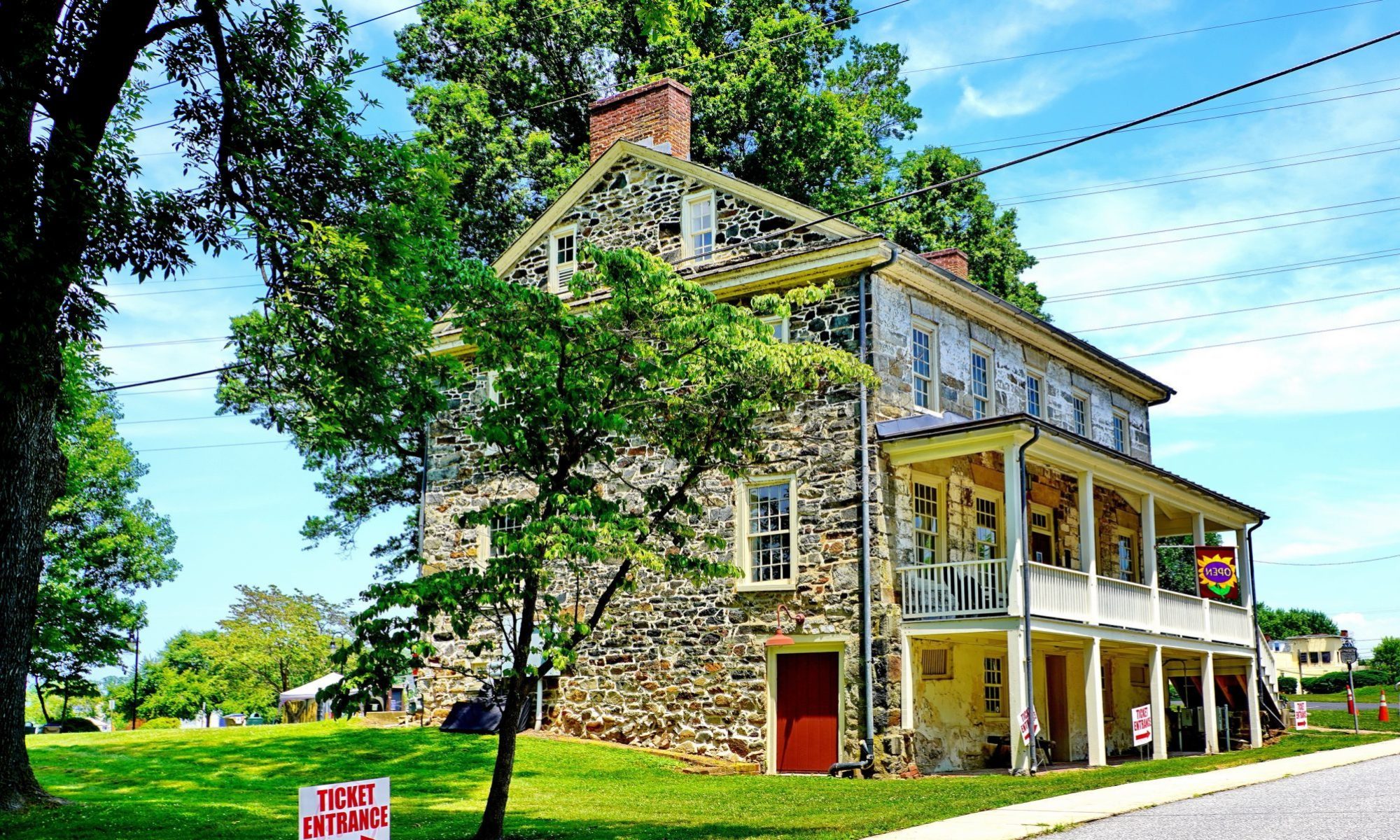ELKTON – July 23, 2021 – On this sad Friday in late July, hundreds of first responders, public officials, friends, and family gathered at the Elkton United Methodist Church to say a final goodbye to Firefighter Roger Morton McCardell, Jr. Born on October 10, 1957, the 63-year-old public servant passed away on July 17, 2021.
As soon as he was old enough, the sixteen-year-old followed his childhood dream, entering the service as a probationary member in the Singerly Fire Company on October 14, 1973. The vibrant, energetic, well-liked rookie started riding the back step of the engine and staffing the ambulance immediately as he quickly learned the ropes while handling a hose at a blaze or assisting a stricken patient en route to the hospital. Twelve months later, he was promoted, having earned the rank of full firefighter.
That point 47-years ago marked the start of a long service career, professional and volunteer, spanning six decades. After graduating from high school Roger took a paid summer position with the Ocean City Fire Department, serving the resort as a firefighter and Emergency Medical Technician (EMT), while also becoming certified to provide prehospital advanced life support, a newly emerging discipline for first responders in the State.
Later on, as his career progressed, he became a national sales representative helping small volunteer companies and large urban departments with their fire suppression needs. Roger was an expert in this field, traveling throughout the nation to consult with public safety agencies seeking to select hose and appliances for fire suppression. Over those 33-years on the road, he made many friends, attended national fire department trade shows, and worked with major fire departments across the country. Los Angeles, New York City, San Francisco, and Boston were some of the clients that came to Roger when they needed hose for attack and supply lines .
Roger continued in the fire service through his adult life, committing much of his life’s work to protect the community and serving the nation’s fire departments. He recently retired from Key Hose as their North East Regional Sales Manager.
“. . . But with all that spectacular background, Roger liked talking about his experience with Singerly and Ocean City FD the most. . . .” — Sam Goldwater
Eulogizing Roger this afternoon, fellow Elkton firefighter and Key Hose Sales Representative Sam Goldwater remarked: “. . . Roger worked on projects with the International Fire Chief’s Association and many fire departments across the nation. He worked at [New York City] shops during 9/11 and fought forest fires on the west coast. He was in the command center for the largest rice fire in history. But, with all that spectacular background, Roger liked talking about his experience with Singerly and Ocean Fire Departments the most. . . .”.
Firefighter/EMT and good friend Roger McCardell will be missed.

For more on Roger See the following
Here’s a link to a 2016 interview Roger did with the Singerly Listening Station
For additional remembrance photos see this album on Facebook.











